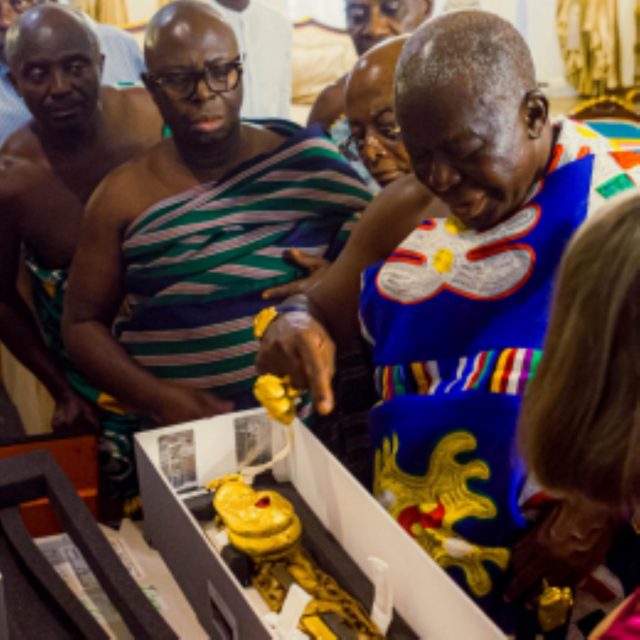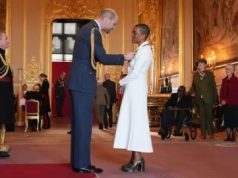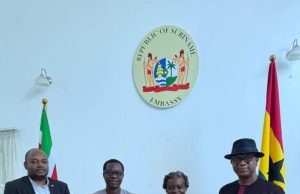Source: Barima Owusu-Nyantekyi
The Manhyia Palace Museum, Kumasi announces its reopening on 1st May 2024, as part of the Silver Jubilee celebrations of Otumfuo Osei Tutu II, Asantehene (Asante King). Hosted by the Asantehene, the museum will unveil refurbished facilities and historic Ashanti heirlooms in its new Homecoming exhibition.
This momentous occasion marks a significant milestone in the Ashanti Kingdom’s cultural heritage. In a landmark agreement, British institutions sent 32 royal treasures plundered from the Asante Kingdom 150 years ago. The works, featuring 15 items from the British Museum and 17 from the Victoria and Albert Museum (V&A), are now at the Manhyia Palace Museum on a three-year loan. The Fowler Museum at the University of California, Los Angeles repatriated seven artifacts in February 2024. Homecoming commemorates these initiatives under Otumfuo Osei Tutu II’s leadership.
Looted by British military forces from the Asantehene’s court during the 19th century Anglo-Ashanti Wars, Homecoming exhibits the relics in their homeland for the first time in 150 years. They include the sword of the state known as Mpomponsuo and the gold badges of officials authorized to purify the king’s soul. The collection also features a gold lute harp presented by Asantehene Osei Bonsu to British diplomat Thomas Edward Bowdich during an 1817 trade treaty. Each offers visitors a rare glimpse into the splendor of Ashanti history and culture.
Ivor Agyeman-Duah, Manhyia Palace Museum’s Director and chief negotiator for the Asantehene, described the impact of the agreements. “These partnerships go beyond the Ashanti Kingdom,” he explained, referencing ongoing international movements to repatriate cultural artifacts to their rightful origins. “50 years since Asantehene Otumfuo Opoku Ware II first requested the return of the items from the British Museum in 1974, Homecoming renews our connections to Britain and the United States, in the spirit of progress and cooperation.”
The Fowler Museum personally returned the treasures to the Asantehene on 8th February. They include a royal stool ornament from Asantehene Kofi Karikari’s private collection, who ruled during Kumasi’s sacking.
Agyeman-Duah continued: “Although the British Museum’s laws forbid the permanent removal of objects, thanks to the mutually beneficial cooperation between Otumfuos Opoku-Ware II and Osei Tutu II, and the British Museum and V&A, items removed 150 years ago are home from three museums. We now look forward to more dialogues and stronger relationships with all custodians of Ashanti treasures.”
Opened by Otumfuo Opoku Ware II during his Silver Jubilee in 1995, the museum was originally the first Manhyia Palace, built by the British for Asantehene Nana Prempeh I in 1925 to replace the royal palace they destroyed during the Yaa Asantewaa War in 1900. Nana Prempeh I accepted it only after paying its costs in full.
Visitors can explore expanded spaces and see photographic and regalia displays, lifelike mannequins of the 20th and 21st-century Asantehenes and Asantehemaas (queen mothers), and captivating narratives chronicling the legacy of the Ashanti kingdom, including its history with the British Empire.
More details of the opening ceremony and Homecoming exhibition will be announced soon.















